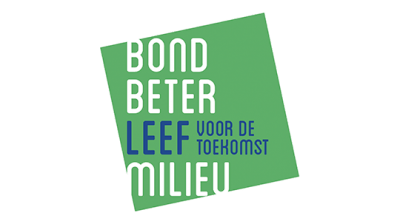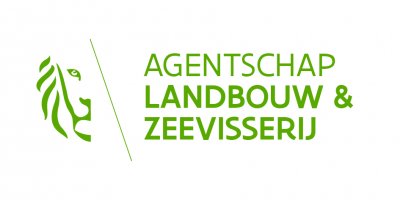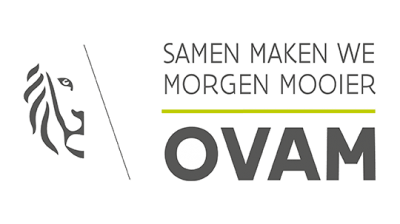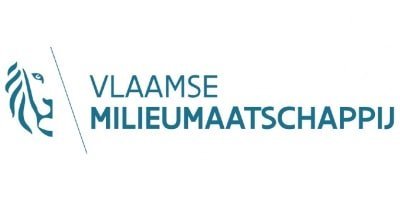The Circular Road
New roads with recycled material from old ones
There are still many concrete (agricultural) roads in the Flemish landscape. They are often in a bad state. However, concrete is a material that offers the possibility of being reused. This is currently happening, but often the recycled material is not given a high-quality function and is rather used for foundations.
With the Circular Road project, Wegenbouw De Brabandere would like to change this. In the past, we have already made several efforts to work in a more ecological way when building new roads. With this project, we now want to investigate whether we can give the demolition material from old concrete roads a higher-quality second life, namely by using it as high-grade concrete granulates for the new road surfacing itself, instead of only for the foundation.
As an example project for our research, we tried to replace an old agricultural road in Veurne with a new road made of 100% recycled material. This circular road may be a small project in itself, but it was very successful and can serve as a great example for the next generations.
Key results |
Key lessons learned |
|
|
What will the future bring?
We and the town council of Veurne are extremely pleased with the implementation and results of this project. Our circular road shows that the use of recycled granulates can mean added value for the future circular economy in Flanders.
Of course, there are still some challenges such as the caution with which the selective excavation of the old road must take place and the water management in the road concrete.
Our pilot project is still small-scale, but given the good results, there is definitely a future in it. This project can certainly serve as an example for future generations of road works, and we could bring about major changes throughout Flanders.
Group De Brabandere - Recycling
















